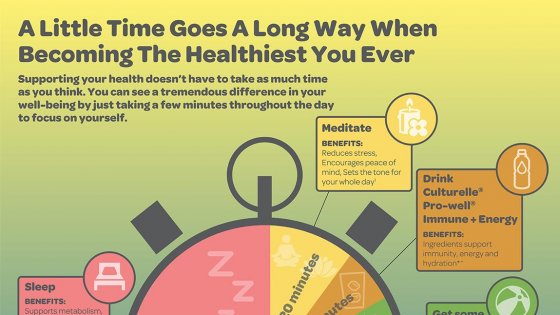While research shows that contraceptives are safe and effective, pills can carry risks like any other prescription medication
Oral contraceptives are the most common form of hormonal birth control in the United States, and while research shows that they are safe and effective, the pill can carry risks like any other prescription medication.
The common risk factor for any form of hormonal birth control, including the pill, patch or ring, is the hormone estrogen, which increases the risk of dangerous blood clots, especially in women with a clotting disorder, a previous blood clot, or a family history of blood clots.
Some of the newer hormonal birth control pills poses a greater blood clot risk than the older oral hormonal contraceptives, and the use of hormonal birth control patches and rings poses an even greater blood clot risk.
It is important for women to know their risks of blood clots, and to understand their options for birth control.
In recognition of National Women's Health Week, the National Blood Clot Alliance is partnering with the Alexandra L. Rowan Memorial Foundation to provide women with this essential information by encouraging them to go to www.womenandbloodclots.org.
On the Resources Page, women will find a risk assessment tool to help them determine, along with their doctor, their risk of blood clots, and also their best contraception options.
Birth Control and Blood Clot Prevention
Even if you are a woman at risk for blood clots, it is still possible for you to plan your family as you choose, by understanding your risk of blood clots and taking steps to reduce your risk:
* Complete the Risk Assessment on the website www.womenandbloodclots.org and discuss your results and birth control options with your doctor.
* If you decide take birth control for the first time or are already taking birth control, talk to your doctor about your personal or family history of blood clots, and your existing risk of blood clots.
Signs and Symptoms of a Blood Clot
It's also important to recognize the symptoms of blood clots in the legs or arms, which include:
* Swelling.
* Pain or tenderness not caused by injury.
* Skin that is warm to the touch, red, or discolored.
Blood clots in your legs or arms can travel to your lungs, which can be life-threatening.
Symptoms of blood clots in your lungs include:
* Difficulty breathing.
* Chest pain that worsens with a deep breath or cough.
* Coughing up blood.
* Faster than normal or irregular heartbeat.
Seek immediate medical attention if you experience any of these signs or symptoms.
For more information, visit www.womenandbloodclots.org.



